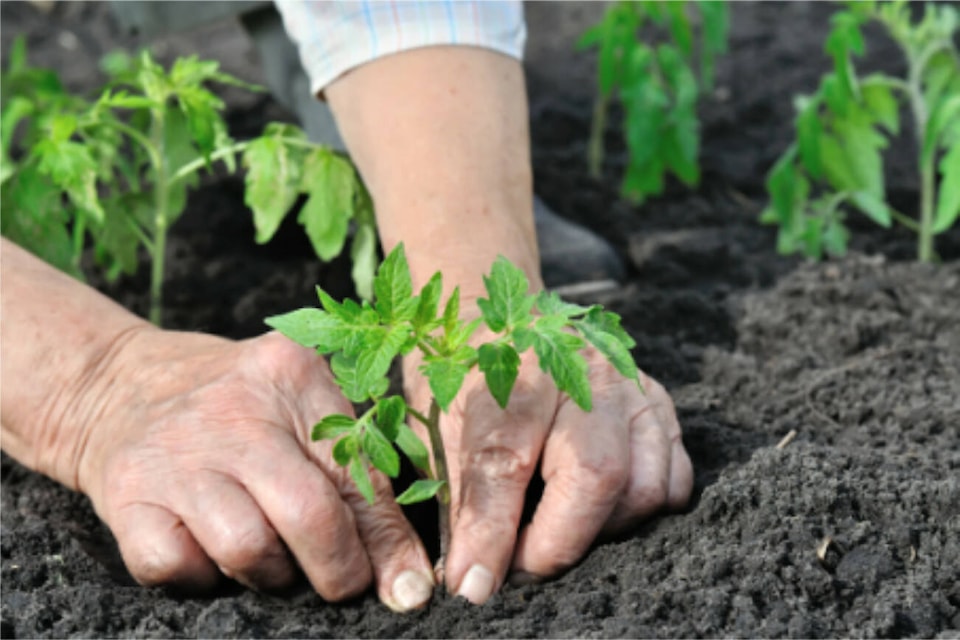A Gardener’s Diary
by Jocelyne Sewell
Happy spring to all of you gardeners. This is the season we are all waiting for and hoping for good weather to start enjoying the fresh air, early blooming plants and putting up with the bugs which some of them we need in our gardens.
You don’t have to have a large garden to enjoy the health benefits of organically grown vegetables and fruits. Some of them can be grown in pots. This way you can move them around if they need sun or shade which you cannot do with them in the ground.
Before you plant, make note of just how much sun your site actually receives; you might be surprised! There are different levels of shade and it will often change with the seasons. Here are the common terms associated with light levels in the garden:
Full sun is considered to be six to eight hours (or more) of direct sunlight per day. Peak sunlight hours are between 10 a.m. and 2 p.m.
Partial sun is three to six hours of direct sunlight per day.
Partial shade is about three hours of direct sunlight per day.
Full shade is less than three hours of sun and dappled light for the rest of the day.
Light shade or dappled shade is bright sun filtered through the leaves of trees overhead.
Deep shade gets no sun at all. You won’t be growing any vegetables here but some flowers will be OK.
Which types of vegetables do well in shade?
Cole crops are tolerant of partial sun or partial shade. Broccoli, cauliflower, kohlrabi, turnips, kale, and rutabagas will grow well with less than a full day of sun, but may take longer to mature. Cabbage will also grow in shade, but they may not form tight heads.
Root crops such as radishes, carrots, potatoes, and beets can grow in as little as three to four hours of direct sun with light or dappled shade for the rest of the day.
Leafy greens such as lettuce, arugula, kale, bok choy, and chard are happy with just a few hours of sunshine each day. In fact, keeping them out of midday sun can prevent their tender leaves from wilting.
Climbing vegetables do well in areas that are shaded in the morning but sunny by afternoon. Cucumbers and pole beans will clamber up supports into the sunshine.
Perennial vegetables such as rhubarb, asparagus, and Jerusalem artichokes can be grown in partial sun or partial shade.
Vegetables that are susceptible to bolting, like broccoli, cauliflower, and spinach, can benefit from being grown in partial sun, particularly in hotter climates.
For areas that receive morning sun then afternoon shade, try vegetables such as celery, carrots, and bush beans.
Heat-loving crops such as tomatoes, peppers, eggplant, squash, and melons simply won’t grow without full sun. They need hot, sunny days in order to produce bountiful fruit.
For more information: 250-558-4556 jocelynesewell@gmail.com.
READ MORE: A GARDENER’S DIARY: Planting dos and don’ts
READ MORE: Residents challenged to tidy up Enderby
@VernonNews
newsroom@vernonmorningstar.com
Like us on Facebook and follow us on Twitter
